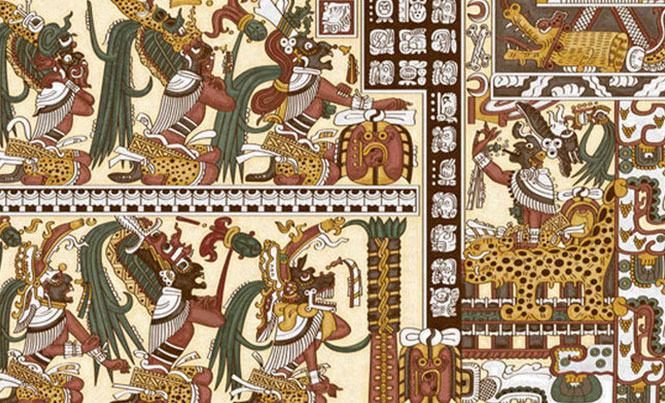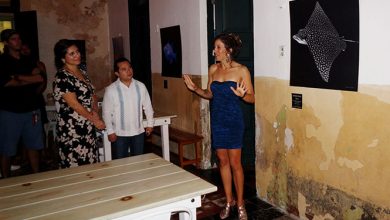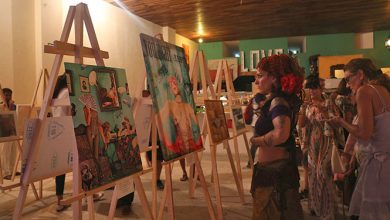The Culture of Death

Death makes no distinction, but the way that we deal with death is entirely dependant on the culture that we are a part of
 “la huesuda” (the death) makes no distinction, there are levels even in heaven and the cemetery!
“la huesuda” (the death) makes no distinction, there are levels even in heaven and the cemetery!
Yes, all human beings have something in common: we are born, grow old and die. It’s pure biology. Every village or group understands that life and its’ surroundings start from that point. That is culture. Beliefs, religion, historical development, geography and values will determine how to understand life and death.
A series of funerary rituals and customs that become traditions surround this purely biological fact, as a way of understanding existence itself. Depending on religious and spiritual beliefs, people believe that death is only a transition to another place, or a reincarnation to inherit eternal life. It is this need to transcend that keeps our memory alive.
For pre-hispanic peoples in Mexico, death was a transition, a change of dimensions without much belief in heaven or hell, where what mattered was how they died. They would designate their final resting place in the underworld. It was known as Mictlan, “place of the dead” for the Aztecs. For the Maya it was Xibalba, which consisted of levels where you had to pass a series of tests before finally reaching it.
Catholic concepts of heaven and hell came to America through the Spaniards. Their system of punishments and rewards kept the indigenous submissive, and also kept faithful Catholics’ eyes on the divine and earthly power of church. They promised eternal life with God or conviction in hellfire.
Beliefs about death determine the place where the remains will rest. It also determines whether the dead are wrapped in cloth, mats, placed in clay urns, mummified, burned, buried, left floating on water or in the sun to be used as bird food.
Ideas about death cause cultural consequences, and transcend the way that people live.







